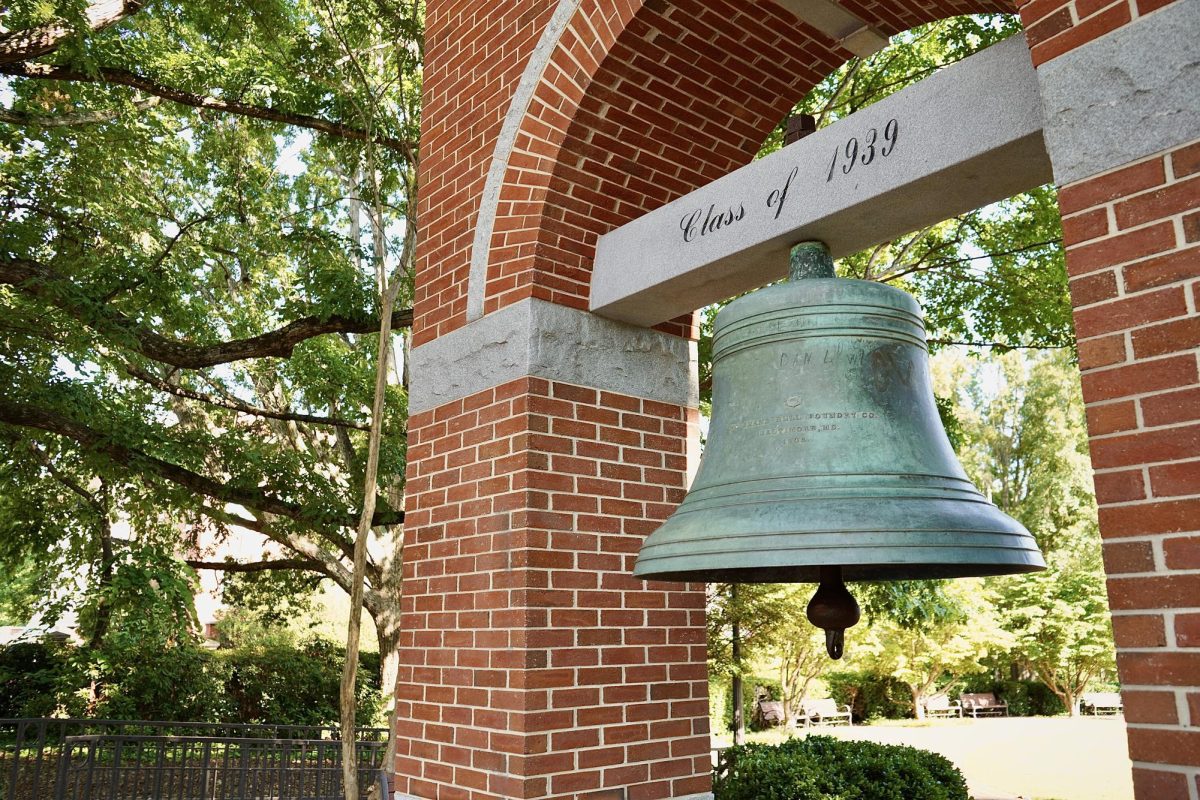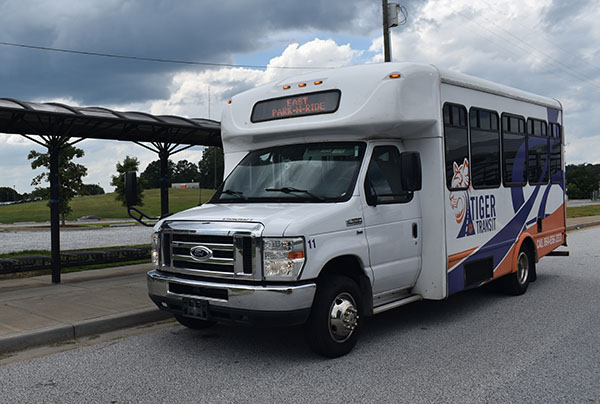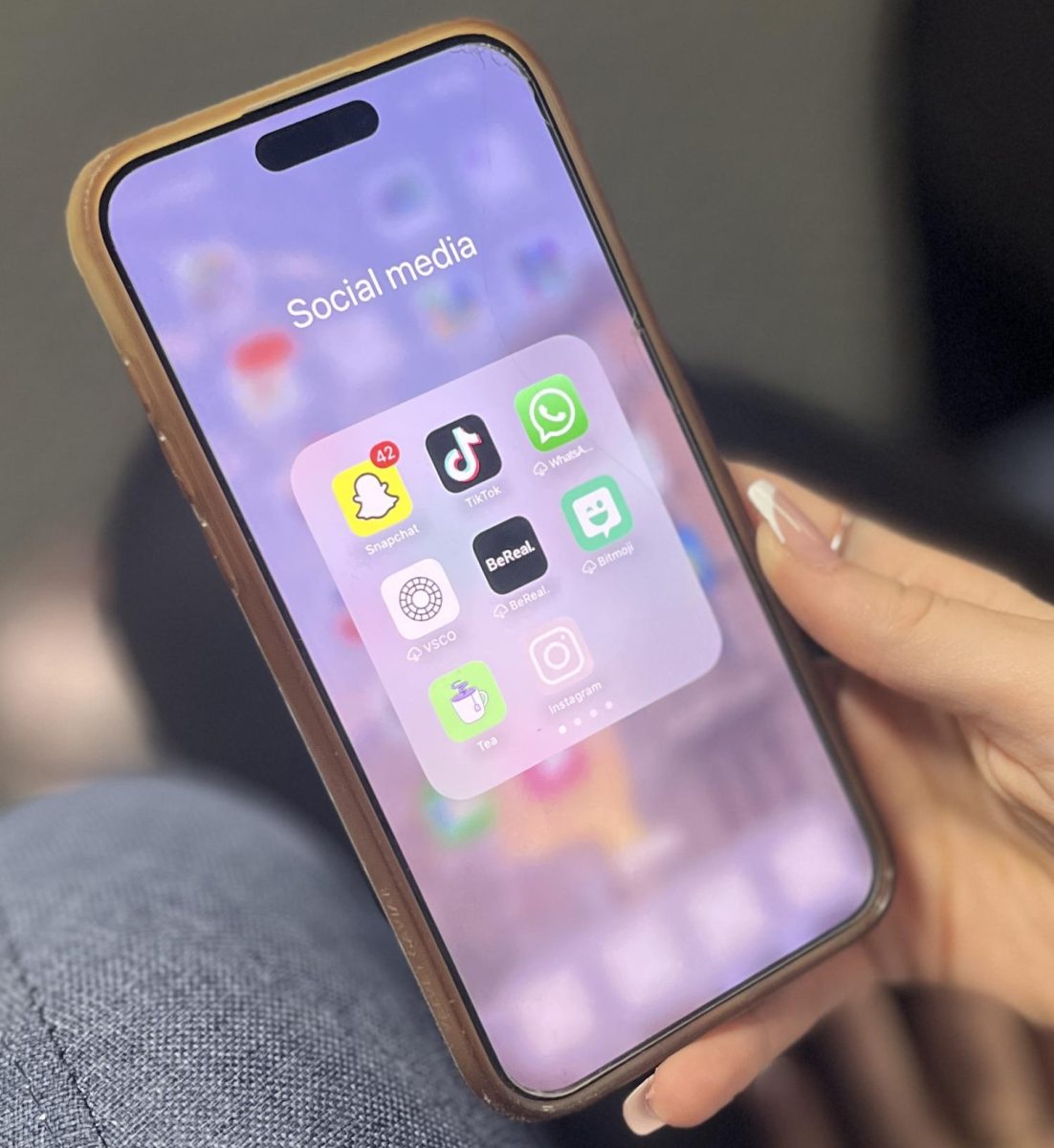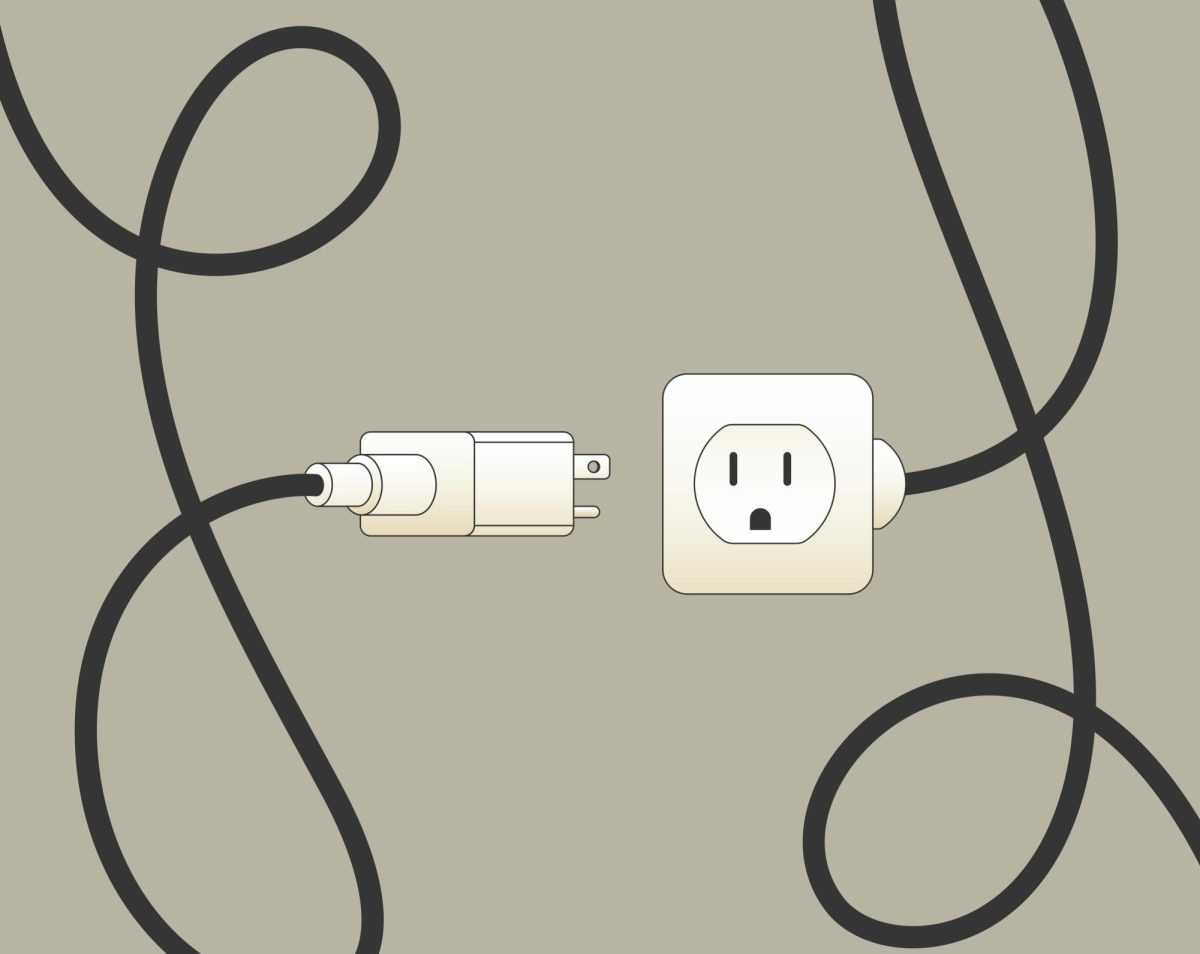“Hey mom, I think I broke my hand. How? Uh, Saturday I got a call from a close friend and her boyfriend had hit her. I got so mad I sorta unleashed on a door. I’m at the doctor right now. No, I’m gonna say I fell off my skateboard and that’s how it happened. Not my place to tell…”
I overheard this conversation sitting in the waiting room at Redfern, and it made me take a step back and think about how prevalent domestic violence is in our society. As a young woman who is about to be on her own, how do I ensure my safety? How do I make sure I’m in a healthy relationship? What is a healthy relationship?
October is Domestic Violence Awareness month and while that is great, it isn’t enough. Although October has ended, the domestic violence does not. Intimate partner crime accounts for 15 percent of all violent crime. In 2017, there were 1.28 million violent crimes. 192 thousandcases of domestic violence were reported just in 2017, and that’s only cases reported. More than 50 percent of the cases in the United States go unreported. We need to change the way our society deals with domestic violence. If we were to implement better educational programs, starting at the elementary level, we could educate people on what a healthy relationship is and how to identify an unhealthy relationship. Many children do not realize they are in an unhealthy home environment, and they don’t understand that violence between parents should not be normal. That is why these programs need to start in elementary school and go all the way up through high school. Some schools have already started to implement these programs in elementary, middle and high schools and through them focus on educating kids on healthy relationships at home and how to have a healthy relationship in their own lives.
I spoke with Shelly Shuman-Johnson, a mom of a close friend and the director of Victim Witness for Henrico County, VA, about her experience with domestic violence victims. In our conversation, she stressed that without knowing the signs of an abusive relationship, it’s difficult to identify one. In fact, it takes an average of seven times before a victim will leave. Even further, she stressed the existence of the honeymoon cycle, where abusers apologize, swearing they’ll never do it again. Johnson said nine out of 10 times, when police investigate domestic calls, later the women show up and don’t wish to prosecute or they lie about it never actually happening. This can be because the victim is scared that leaving will be worse than staying. However, the implementation of body cams has helped law enforcement with victimless prosecution.
Someone who grew up in an abusive household is 75 percent more likely to be abused later on, or themselves become the abuser. If proper education programs were implemented starting at the elementary level, this percentage could be far lower. Domestic abuse doesn’t just start on the first date; the abuser must first establish a relationship where the victim feels comfortable and slowly start to manipulate them. As long as the manipulation works, violence may not ever occur. As soon as the control starts to slip, the abuser will tend to become violent as a way to gain back that control. Then the apologies come, and the honey moon cycle starts over. To successfully implement a program to teach about domestic violence and abuse, the signs of an unhealthy relationship must be included. It must also include resources for if a person ever finds themselves in an unhealthy relationship. Johnson said that many of her victims have told her that part of the reason they didn’t seek help sooner is because they didn’t know of the resources available to them, and they thought they couldn’t tell anyone because no one else would understand. She stressed the need to tell people, your parents and close friends, so that they can help you plan and get in contact with the people who can help you the most.
In today’s society, we need an attitude change. Domestic violence isn’t just the victims’ problem; if you see something, say something. Don’t be a bystander because you could save someone’s life. Don’t be like the man at my health center; it is your place. If we educate our youth to understand the signs of an unhealthy relationship and to know the actions to take if they find themselves or a friend in this situation, we could save so many lives and help so many victims escape the clutches of their abusers. As a student in the state of South Carolina, a state that’s fifth highest in terms of domestic violence, where there is little to no education on healthy relationships, how are people expected to be able to protect themselves from and prevent unhealthy relationships?








